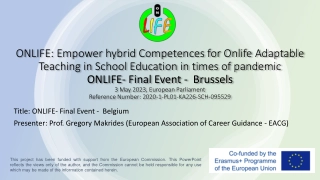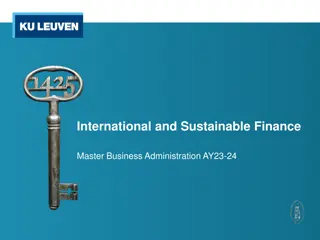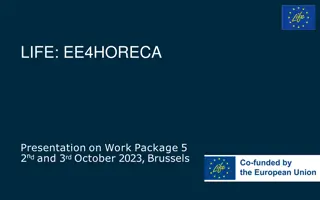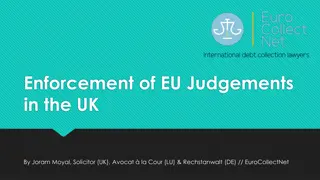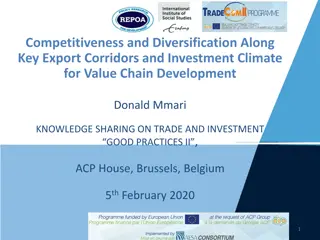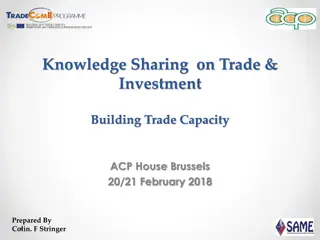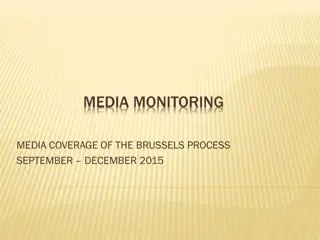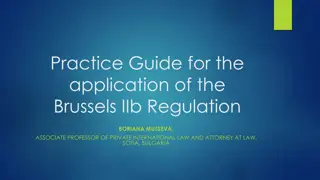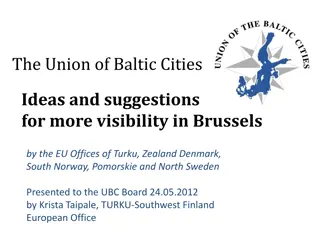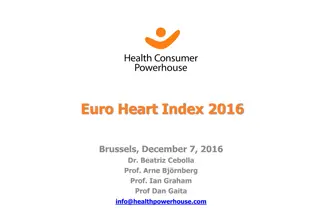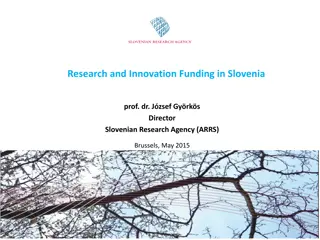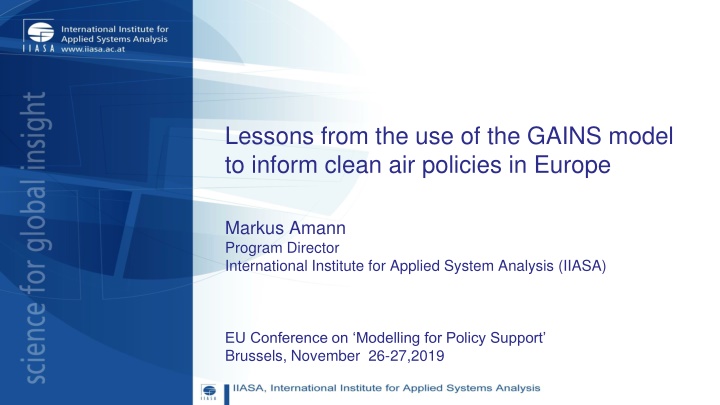
Insights from GAINS Model for Clean Air Policy in Europe
Explore lessons learned from the GAINS model in shaping clean air policies in Europe, highlighting the role of models in decision-making and negotiations for effective pollution control measures.
Download Presentation

Please find below an Image/Link to download the presentation.
The content on the website is provided AS IS for your information and personal use only. It may not be sold, licensed, or shared on other websites without obtaining consent from the author. If you encounter any issues during the download, it is possible that the publisher has removed the file from their server.
You are allowed to download the files provided on this website for personal or commercial use, subject to the condition that they are used lawfully. All files are the property of their respective owners.
The content on the website is provided AS IS for your information and personal use only. It may not be sold, licensed, or shared on other websites without obtaining consent from the author.
E N D
Presentation Transcript
Lessons from the use of the GAINS model to inform clean air policies in Europe Markus Amann Program Director International Institute for Applied System Analysis (IIASA) EU Conference on Modelling for Policy Support Brussels, November 26-27,2019
25 15 Cities and countries/provinces alone cannot deliver clean air 5 -5 g/m3PM2.5 Cities in the Netherlands Cities in Poland Households 30 30 Primary PM: Traffic 25 25 Sec. PM: Traffic + agri. Sec. PM: Industry + agri g/m3PM2.5 g/m3PM2.5 20 20 Primary PM: Industry Natural 15 15 WHO guideline 10 10 5 5 0 0 Source: IIASA GAINS Kiesewetter et al., 2014 Origin Origin
Greenhouse gasAir pollution Interactions and Synergies: IIASA s GAINS model provides a systems approach for negotiations Social development and economic activities National Emission National emission ceilings Ceilings Emission control options: ~2000 measures, co-control of 10 air pollutants and 6 GHGs Emissions Costs Least-cost optimization Atmospheric dispersion Health, ecosystems and climate impact indicators Policy targets
GAINS - the central analytical tool for air pollution negotiations in Europe Convention on Long-range Transboundary Pollution 1994 Second Sulphur Protocol 1999 Gothenburg Multi-pollutant/Multi-effect Protocol 2012 Revised Gothenburg Protocol 2020 Review of the Revised Gothenburg Protocol European Union 1995: EU Acidification Strategy 2009: EU Energy and Climate Package 2001: National Emission Ceilings (NEC) 2010: Beyond 20% GHG reductions 2005: Thematic Strategy on Air Pollution 2011: Roadmap for moving to 2050 2013: Clean Air Policy Package 2013: EU Effort Sharing Regulations 2015: NEC Directive 2016: 2030 Climate and Energy Strategy 2019: EU Clean Air Outlook to 2050 2018: 2050 EU Long-term strategy
The GAINS application for policy support Why? What? How?
Why? Models and decision making The science of air pollution is generally well-understood, but fragmented scientific information is not sufficient to support decision making Reaching agreement on the distribution of efforts is a complex task, effective solutions require cooperation - with the free-rider problem Four elements of principled negotiations (Fisher & Ury, 1981): 1. Separate the people from the problem 2. Focus on interests, not positions 3. Invent options for mutual gains 4. Insist on using objective criteria The science-based GAINS cost-effectiveness approach offers an objective criterion for facilitating agreement in interest-based (principled) negotiations
What? A knowledge base or scientific advice? IPCC: Non-prescriptive knowledge base Mathematical decision analysis: Multi-objective optimization to distill concrete solutions GAINS: Least-cost optimizations to inform policy negotiations about alternative distributions of efforts and benefits, with extended systems boundaries (addressing multiple air quality effects, all sectors, various policy areas, etc.)
How? Four important ingredients for success Scientific credibility Peer review, meticulous quality control Embedded in structured scientific networks LRTAP AIR Convention Transparency Open access to model and data, bilateral consultations with stakeholder experts Transparent objective function for optimization Treatment of uncertainties: The glass is full A long-term iterative and interactive process between science and policy making
Key points Options, not solutions derived from transparent rationales A systems perspective to reveal multiple benefits and their distributions to facilitate agreement between different stakeholder groups Institutional arrangements for science-policy interactions: The current science systems do usually not facilitate the requirements for policy support (long-term commitments, incentives, quality-control, stakeholder interactions, etc.) Consensus-building international science fora - in addition to scientific discourse

